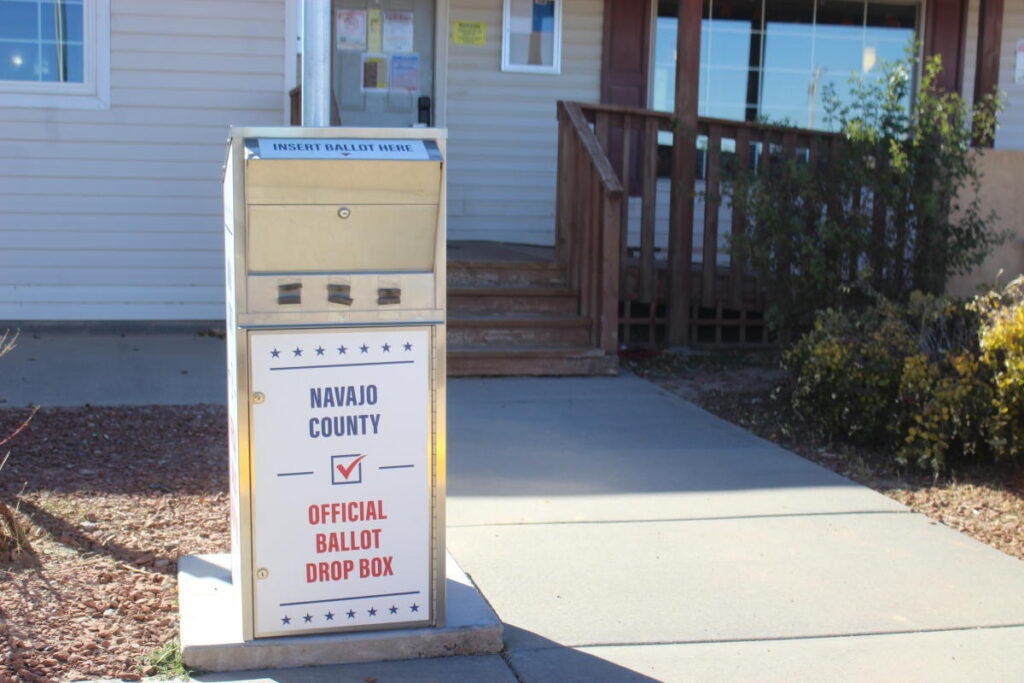Following the 2024 presidential election, prominent Native American organizations such as IllumiNative, the Native American Rights Fund (NARF), Native Organizers Alliance (NOA), and the National Congress of American Indians (NCAI) issued a statement addressing misleading assertions regarding Native voter turnout. This concern was triggered by exit poll data shared by NBC, which indicated that a disproportionate percentage of Native voters had supported Republican candidates. Specifically, exit polls indicated a striking 65% of Native voters cast their ballots for Donald Trump compared to 35% for Kamala Harris. These findings, however, have been called into question due to significant methodological flaws and the limited scope of the poll, which did not accurately capture the diverse political affiliations within Indian Country.
Recent polling efforts conducted by Native News Online presented a more nuanced picture, revealing that Trump did win among Native voters, though by a narrow margin of 51% to 47%, indicating a lack of a significant mandate for Harris’s incoming administration regarding Indian Country issues. It is critical to recognize the complexity of Native American political identity, as illustrated by NARF’s preliminary data suggesting that as Native populations in certain states grow, so too does the likelihood of support for Democratic candidates. In states with majority Native populations, Democratic candidates garnered significant percentages, such as 67% in Montana and 87% in Wisconsin, demonstrating the regional variations in political alignment.
A crucial criticism of the Edison Research and NEP exit polls was their reliance on a very limited sample size of only 229 Native voters, which fails to represent the richness and diversity of Native American communities across the United States. Furthermore, the methodology faced additional scrutiny as it only surveyed participants at a fraction of election-day polling locations and made no efforts to engage voters on tribal lands. This gap in data collection highlights the systemic barriers that persistently disenfranchise Native voters and overshadow their actual voting power.
The disenfranchisement of Native American voters stems from a variety of structural obstacles, ranging from geographic barriers to inadequate mail delivery systems, which hinder the ability to participate in the electoral process. Jacqueline De León from NARF stressed the importance of accurate data collection not only to highlight the voting preferences of Native Americans but also to advocate for reforms that would enhance access to voting. Concerns linger about how many eligible Native voters may have been dissuaded from casting ballots due to these persistent systemic challenges.
Despite the documented decline in voter turnout within majority-Native counties, dropping to 48.8% from 53.3% in 2020, there are rays of hope stemming from grassroots movements and community organizing. Leaders like Michael Johnson from IllumiNative emphasized the longstanding efforts to engage Native communities in American democracy, highlighting campaigns like Natives Vote, which sought to mobilize voters across various states through collaboration with local tribes and community organizations. The mobilization efforts are vital for restoring and enhancing representation for Native communities.
In conclusion, accurate and equitable representation in polling and voter turnout data is essential for advocating for the interests of Native peoples within the national political dialogue. The NCAI, alongside other organizations, is calling for heightened attention to the unique voices of Native voters, especially in areas directly impacted by decisions made at the national level. Moving forward, it is crucial to ensure that Native voter influence is accurately portrayed to inspire continued engagement and improve the effectiveness of future electoral campaigns among these communities.

